Military Archives National Army Fatalities Roll, 1922 – 1923
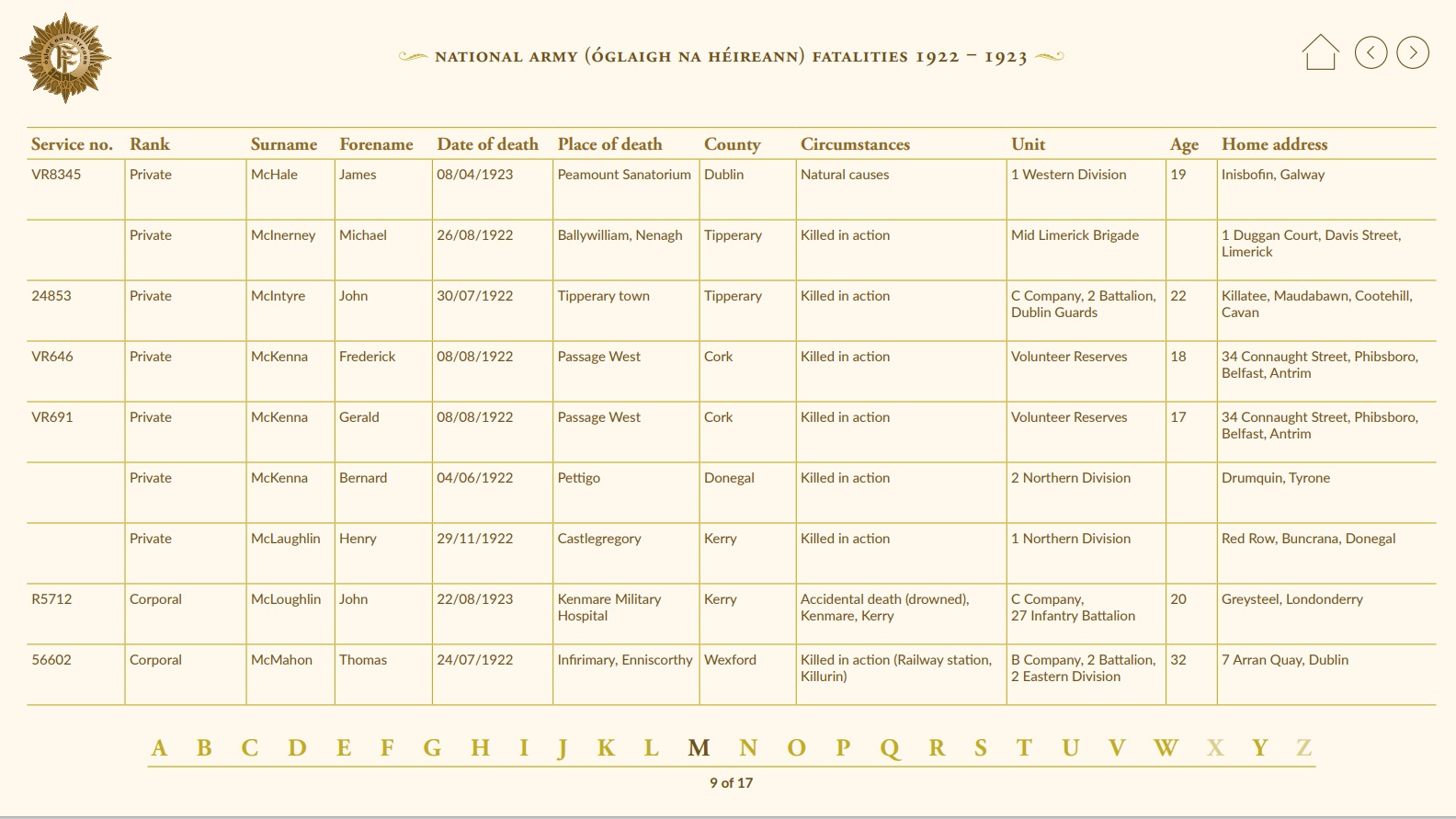
Military Archives National Army (Óglaigh na hÉireann) Fatalities Roll, 1922 – 1923
“May we honour them by speaking their names […]”
Lisa Dolan, Archivist, Military Archives
The National Army was founded after the signing of the Anglo-Irish Treaty and its ratification by Dáil Éireann on 7 January 1922, and developed in a period of civil strife culminating in the outbreak of Civil War in the summer of 1922. The death toll among members of the National Army was one of many aspects of the Irish Civil War scrutinised during the Decade of Centenaries (2012-2022). It could be considered the most controversial of themes given the enduring hurt still felt by so many, and the politicisation of commemoration evident from the earliest post-Civil War Cumann na nGaedheal years. The aim to arrive at a conclusive figure presents a particular challenge to modern researchers given the fog and chaos of war that undermined accurate real time reporting of casualties both in official records and print media.
With a broader timeframe and wider criteria for inclusion than the UCC Irish Civil War Fatalities Project, the National Army (Óglaigh na hÉireann) Fatalities Roll 1922 -1923 records 810 National Army fatalities between January 1922 and December 1923. The total figure is subject to adjustment upwards should more information covering this period and subject come to light. Though methodologically different, the UCC and Military Archives Projects complement one another, and collectively represent an important step towards a fuller understanding of the impact of the Irish Civil War.
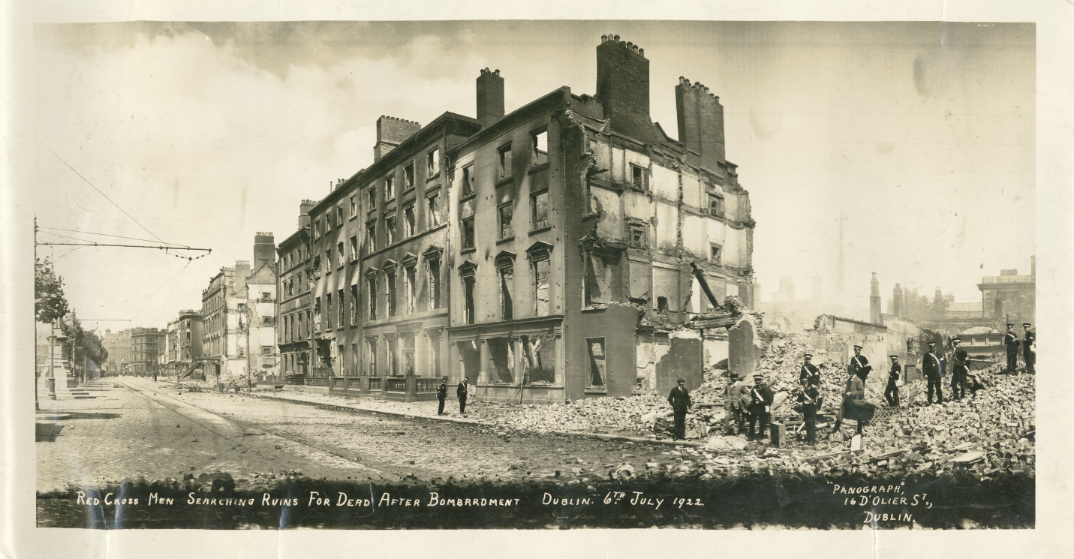
Fig 1. Red Cross Men searching ruins, following the bombardment of the Four Courts. [IE-MA-AL-IMG-254, Brother Allen collection, Military Archives]
Commemorating the National Army Dead
In the decades that followed Irish independence, Civil War commemoration was polarised with no drive at national level to take responsibility for commemoration or facilitate an inclusive commemorative programme. The resulting official ‘amnesia’ shrouded the memoires of not only the National Army Civil War dead, but also women who took an active part in the fighting and the civilian population that suffered as a consequence of the fighting and the associated breakdown in law and order. There was also a taboo surrounding executions and assassinations, whether extra-judicial or state sanctioned, which impeded the efforts of the first generation of academics to examine the Civil War years. The official hesitancy in dealing with the Civil War, even in an academic sense, is exemplified in the Bureau of Military History (BMH). The project was established by the Fianna Fáil government in 1947 and, to encourage contributors from both sides of the Civil War divide, its terms of references confined the period of investigation to 1913-1921. With some exceptions, the veterans interviewed by the BMH adhered to the temporal boundaries of the project.
![Monument dedicated to the National Army dead, unveiled on 30 July 2023 at a rededication ceremony at the National Army plot at Glasnevin Cemetery [Credit Airman Gibney, Defence Forces Press Office] Monument dedicated to the National Army dead, unveiled on 30 July 2023 at a rededication ceremony at the National Army plot at Glasnevin Cemetery [Credit Airman Gibney, Defence Forces Press Office]](/en/media/projectsandcentres/irishrevolution/Fig2.NAMonumentGlasnevinCemetery,CreditAirmanGibney,DefenceForcesPressOffice-758x506.jpg)
Fig 2. Monument dedicated to the National Army dead, unveiled on 30 July 2023 at a rededication ceremony at the National Army plot at Glasnevin Cemetery [Credit Airman Gibney, Defence Forces Press Office]
The Decade of Centenaries and the Civil War Dead
As the centenary of the 1916 Rising approached, the Department of An Taoiseach formally accepted responsibility for the Decade of Centenaries. An All-Party Consultation Group on commemorations was established to promote a consultative and open approach to commemorations. Working groups within government departments and connected organisations were established to work through the recommendations of the Expert Advisory Group which operated under the auspices of the All-Party Consultation Group. Recent years have seen new memorials struck and raised, and calendar dates set for state ceremonies, culminating in the rededication of the National Army plot in Glasnevin Cemetery on 30 July 2023.
With clear guidance, and an obvious commemorative commitment at national and local government level, archivists, librarians and those working in the wider heritage sector rallied to the call, cataloguing and reappraising archival collections relating to the Irish revolutionary period. Gaps in the historical narrative were filled, often as a result of the release of new archival collections. Notable among these was the phased release after 2014 of the Military Service Pensions Collection and the re-release and web publication of the Bureau of Military History witness statements and Civil War records held in the Military Archives.
Archivists and librarians kept pace with local history groups and artists, and many held public consultations and invited feedback to ensure the resulting output was dynamic, informed, balanced and wholly relevant. New audiences in Ireland and internationally, were reached through social media, web-publishing and outreach activities designed to be accessible and inclusive. The Decade of Centenaries has formally come to a close, but there remains an obvious public appetite for Civil War remembrance.
The National Army (Óglaigh na hÉireann) Fatalities Roll
The Decade of Centenaries also encouraged efforts to record those who died during the Irish Revolutionary period. Projects like Andy Bielenberg and James S. Donnelly’s Cork Fatality Register (UCC), Eunan O’Halpin and Daithí Ó Corráin’s The Dead of the Irish Revolution (2020) and Andy Bielenberg and John Dorney’s Irish Civil War Fatalities Project (2024) have totalled and validated combatant and civilian fatality figures at local and national level. Their published figures and contextual information aids historical analysis and whether by accident or design, represent a distinct act of commemoration and an important step towards arriving a fuller picture of the impact of revolutionary violence in Ireland.
The Military Archives project was likewise born during the Decade of Centenaries to address the evident gap in our knowledge about National Army deaths between 1922 and 1923. As the repository of official records concerning National Army personnel enlisted during those years, the Miliary Archives felt duty bound to investigate such cases and assemble the data for publication. Deciding the project parameters was pretty straightforward. Soldiers, attested in the National Army, or part of a Force that operated under the Minister for Defence, who died in service 1922-23, irrespective of cause, would find a place in a Roll. Sources such as military service records, a roll of deceased personnel (that was developed by the Defence Forces’ Enlisted Personnel section), Civil War operation and intelligence reports and the Military Service pension records were examined and mined by project investigators who determined what was to be recorded in each case.
Preliminary research pointed to thirty-three National Army fatalities in the months before the bombardment of the Four Courts on 28 June and ninety-eight more between the dump arms order that officially ended the Civil War and the end of December 1923. It was decided that such cases would be considered for inclusion in the Roll, as these men were in National Army service at the time of their deaths. Most of the fatalities occurred during the July 1922 to May 1923 period, and were the result of wounds received in action, accidents, and in some cases illnesses attributable to military service and the inadequate wartime conditions for troops (equipment and accommodation) prevalent in 1922-23. Unlike the UCC project which limited inclusion in its database to fatalities due to illnesses directly attributable to military service, the Roll accounted for the 147 soldiers who died of natural causes like heart failure, tuberculosis, pneumonia and typhoid fever.
Completeness and Accuracy
Based on rolls existing in other areas such as the United Nations roll, or indeed standard entries in the Commonwealth War Graves commission database, the main consideration for investigators was accuracy in names, rank (with service number if identified), date of death, military unit and location of death, and to carry out searches across sources to identify ‘new’ cases. The goal was completeness and accuracy, which was challenging given conflicting information across sources, and on occasion within the same record. Over two years, the investigators used the sources mentioned above, alongside James Langton’s work on National Army fatalities published in 2019, to develop a Roll of National Army Civil War deaths which could be organised by county and by month.
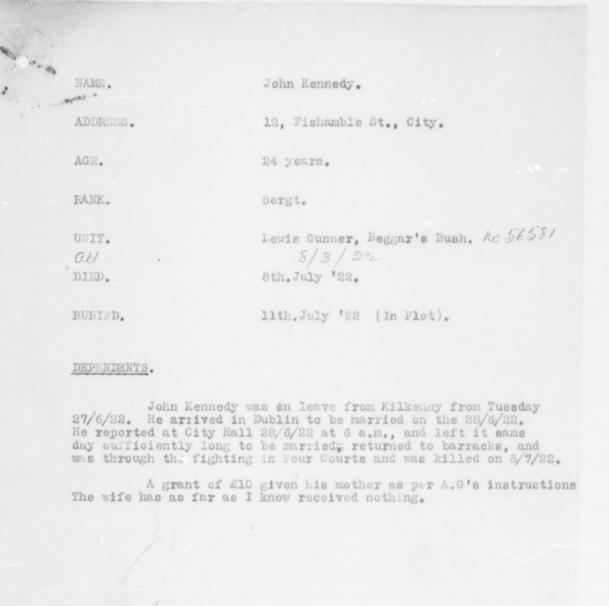
Fig 8. Record summary held on the service record of Sergeant John Kennedy -56581 [Military Archives]
What the files revealed
Close examination of individual cases allowed investigators to form a picture, not only how and when the soldier died, but also of his life, family and previous service. These details were gleaned from individual service records which contained attestation forms, signed by recruits on enlistment, and the Military Service pension records. Many service records contained information on the welfare of dependents that engaged with army authorities on the subject of funeral expenses, burial arrangements and applications for a dependent’s allowance and/or gratuity. On occasion, service records were found to contain a coroners order for burial and copy telegrams sent to next of kin containing notice of death and condolences.
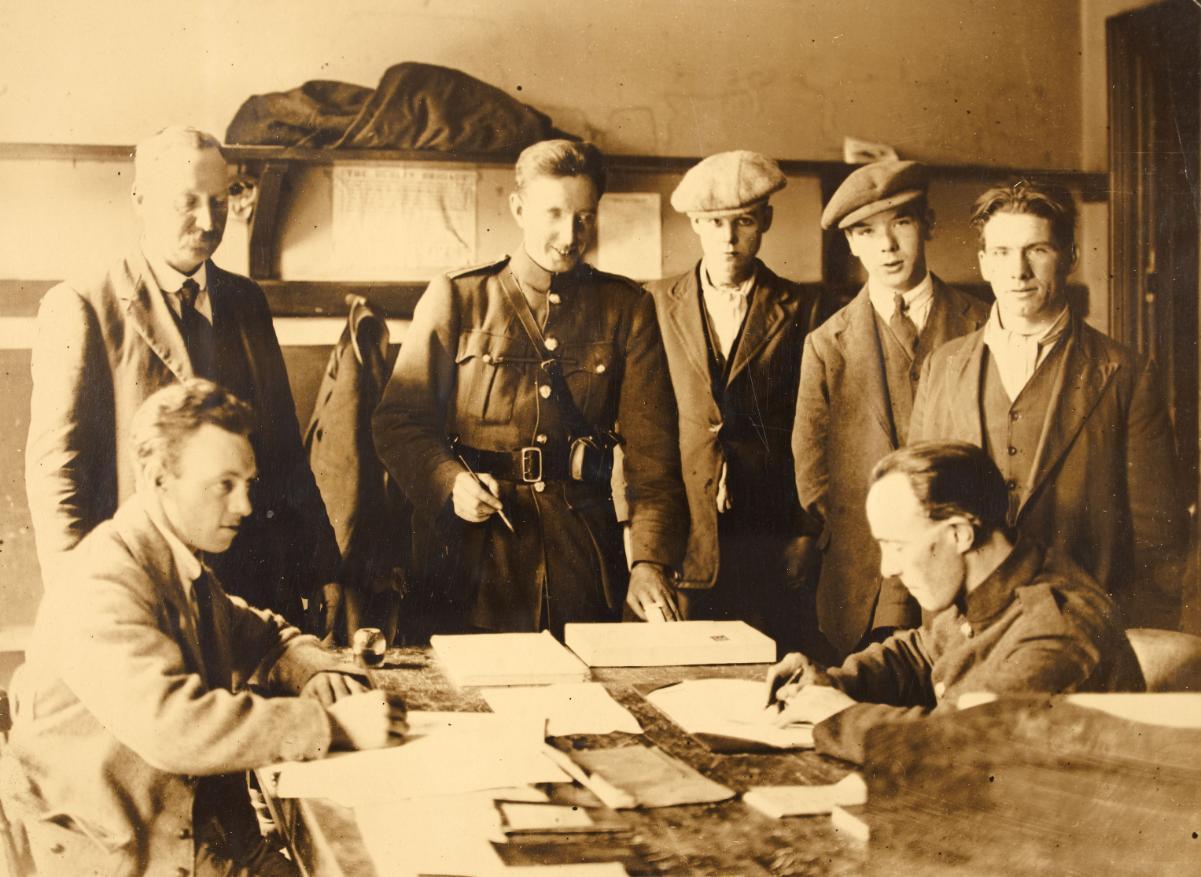
Fig 4. National Army Recruiting Office, Pearse Street, Dublin [National Library of Ireland, HOG 115]
Over 450 National Army personnel attested to service in the IRA and/or Irish Volunteers in the years before the Civil War. In many cases they identified their company and battalion and the length of their service. We also identified 103 military personnel who cited previous military service in the British Army, the Royal Navy or the Royal Air Force.
Like the Irish Civil War Fatalities Project, albeit with slightly variance in numbers given the different methodologies, we found that August, September and October 1922 were the bloodiest months in terms of National Army fatalities. In August, the month that National Army Commander in Chief Michael Collins was killed at Béal na Blá we recorded ninety-eight deaths, in September, the month when the Cabinet appointed a new Army Council we recorded ninety-five deaths, and October when soldiers were increasingly subject to ambushes by IRA guerrillas, we recorded ninety deaths.
![Part of the Funeral procession accompanying the remains of General Michael Collins, 28 August 1922 [IE-MA-AL-IMG-259, Brother Allen collection, Military Archives] Part of the Funeral procession accompanying the remains of General Michael Collins, 28 August 1922 [IE-MA-AL-IMG-259, Brother Allen collection, Military Archives]](/en/media/projectsandcentres/irishrevolution/Fig6.PartoftheFuneralprocessionaccompanyingtheremainsofGeneralMichaelCollins,28thAugust1922,IE-MA-AL-IMG-259,BrotherAllencollection,MilitaryArchives-1300x1002.jpg)
Fig 5. Part of the Funeral procession accompanying the remains of General Michael Collins, 28 August 1922 [IE-MA-AL-IMG-259, Brother Allen collection, Military Archives]
Human Stories
Bringing together records connected to individual soldiers uncovered richer, deeper and very human stories not just of deaths as a consequence of wartime service, but lives lived and families suffering the loss of a son, husband or father. Some notable examples in the service records, include the stories of newly married Sergeant John Kennedy (56581) and Private Patrick Kinsella (57147) and brothers Private Mark Byrne (9534) and Private Martin Joseph (9537) who died within two weeks of each other in the same hospital. The death of Sergeant James Marum (VR2917) and the impact his death had on his wife and children made for particularly difficult reading. It was also clear that the impact of these deaths were understood by record creators at the time, with many examples of how efforts were made to highlight special circumstances or particular hardship for dependents.
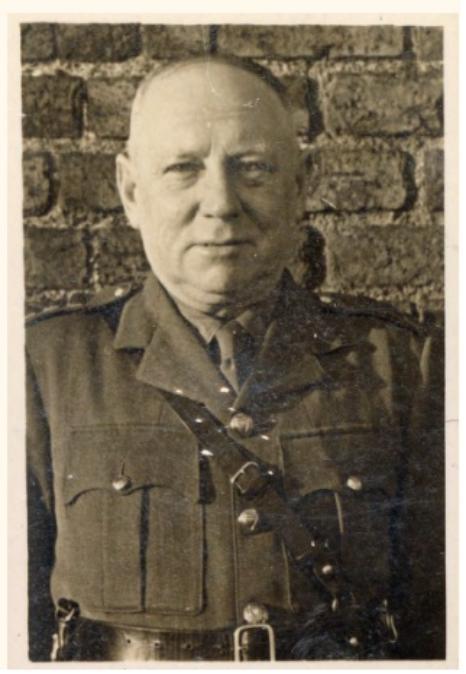
Fig 6. Captain John Stafford, Officer in Charge of Interments, Department of the Adjutant General 1922-1923 [Officer Personnel record, Military Archives]
The Launch of the Project
The Military Archives project came under the notice of the working group for Defence Forces commemoration in Spring 2023. It was included in its summer programme as part of the Defence Forces public open day in Farmleigh and at an army ceremony at the National Army plot in Glasnevin in July 2023. The public commemorative events provided the impetus to develop the project further to include graphic design elements and an outreach focus.
![Exhibition case featuring the last known photograph of General Michael Collins and displayed at Farmleigh, 29 July 2023 [Airman Gibney, Defence Forces Press Office] Exhibition case featuring the last known photograph of General Michael Collins and displayed at Farmleigh, 29 July 2023 [Airman Gibney, Defence Forces Press Office]](/en/media/projectsandcentres/irishrevolution/Fig9.ExhibitioncasefeaturingthelastknownphotographofGeneralMichaelCollinsanddisplayedatFarmleigh,29July2023-AirmanGibney,DefenceForcesPressOffice.-680x453.jpg)
Fig 9. Exhibition case featuring the last known photograph of General Michael Collins and displayed at Farmleigh, 29 July 2023 [Airman Gibney, Defence Forces Press Office]
The Roll was introduced to the public at the Defence Forces Open day on 29 July 2023. It was presented with an interactive touch screen display in an exhibition space featuring select Civil War records from Military Archives collections. Over two days in late July it was viewed by Tánaiste and Minister for Foreign Affairs and Defence Micheál Martin, and Taoiseach Leo Varadkar. The Roll, and associated records will be published on www.militaryarchives.ie in Spring 2024, and can be consulted, currently by appointment, in the reading room Military Archives. The Military Archives retains responsibility for the Roll should more information come to light regarding cases that warrant inclusion.

Fig 10. Comdt Ayiotis, Leo Varadkar and Tony Kinsella examining the Roll
Author's Bio:
Lisa Dolan is an Archivist and currently Head of Readers’ services and Education and Outreach in Military Archives.




